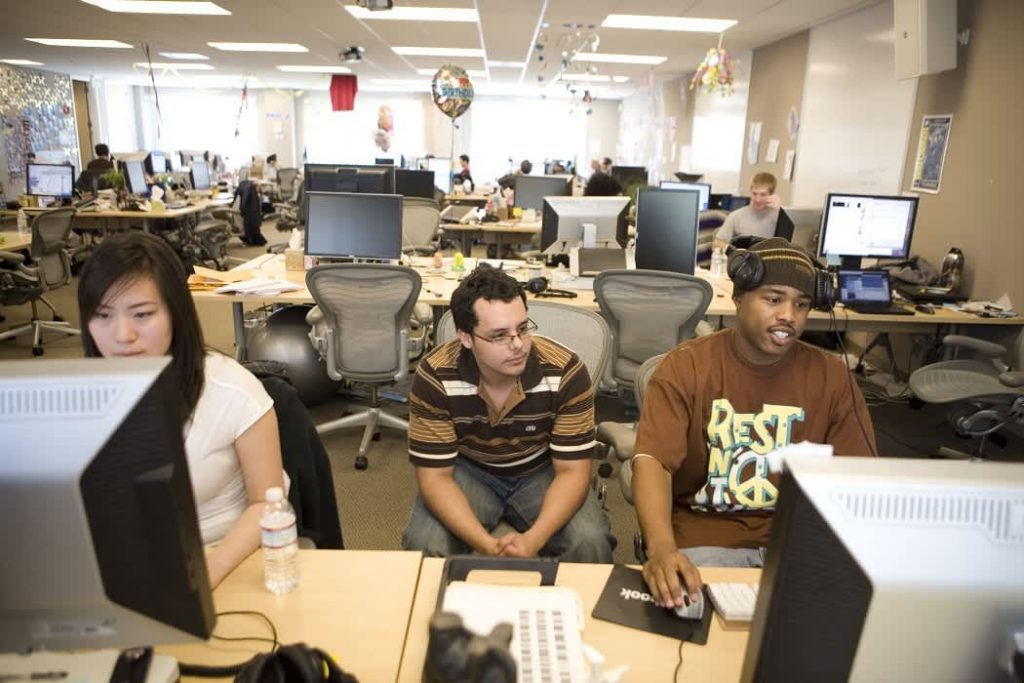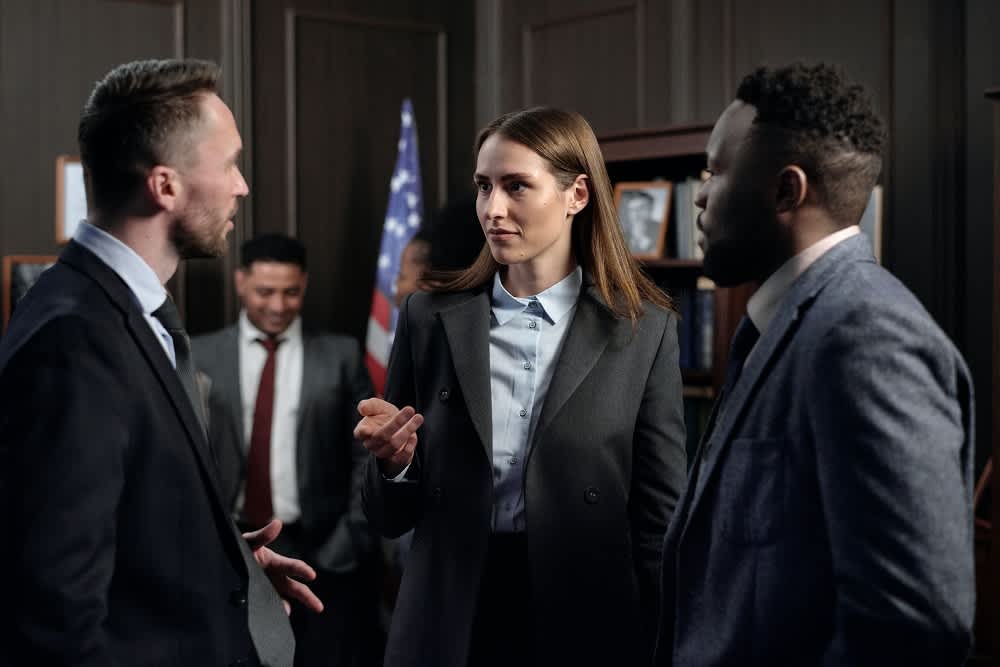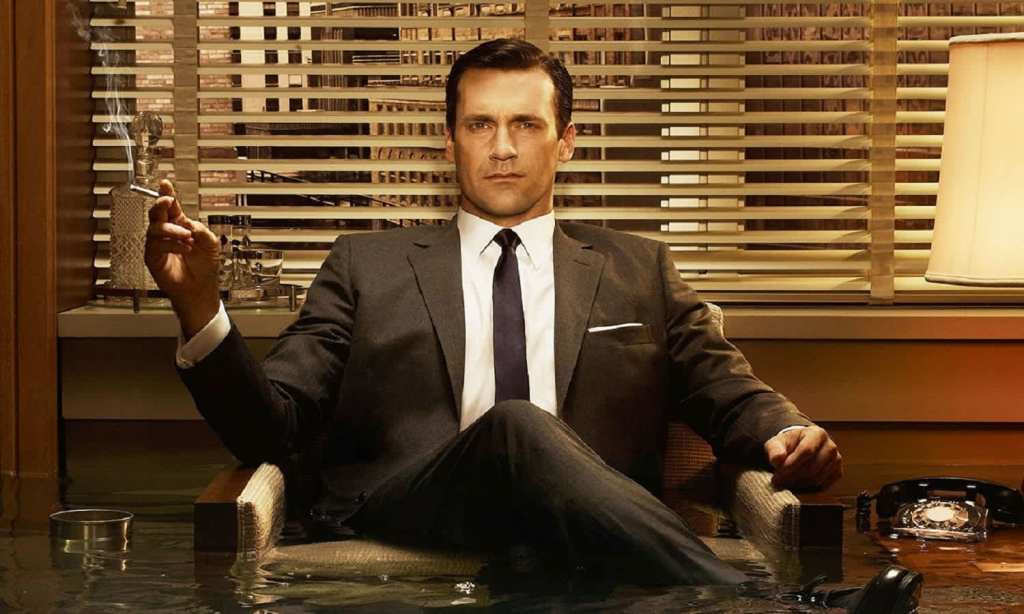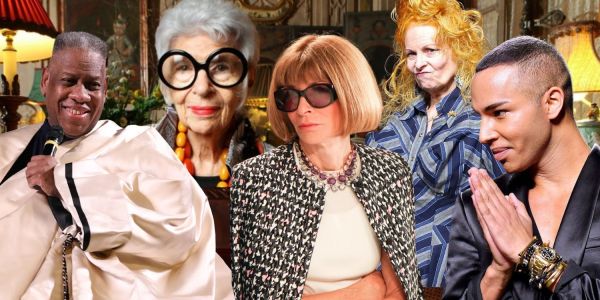The Latch have teamed up with InStitchu to bring you this guide to office dress codes.
Founded by Australians Robin McGowan and James Wakefield in 2012, InStitchu bridges the gap between old world tailoring traditions and modern digital retail, providing customers with the ability to design their own custom, made-to-measure suits and shirts in minutes online or at a showroom.
The office dress code can be a nightmare to navigate. While most offices will go for a “business casual” approach, the vagaries of this are enough to make you thankful you’re still working from home.
As restrictions ease and we return to some semblance of normal existence, the dreaded office dress code looms large in our minds. In theory, the policy should be simple. After all, we’ve done it for decades.
But with attitudes to formality loosening all the time and the Silicon Valley uber-casual approach dominating our culture, it can be a tough one to get right. Let’s not forget the huge impact Mad Men’s Don Draper or Scandal’s Olivia Pope have had upon the national psyche either.
But never fear, the experts at Australian-based custom suiting brand InStitchu are here to help. James Wakefield and Robin McGowan started solving the suit issue in 2012 by offering people the chance to skip the hassle of finding, fitting, and tailoring a suit with multiple, time and money consuming visits to various outlets. They took the game online by bringing made-to-measure tailors to your living room through the magic of the internet.
They make thousands of custom and tailored suits, shirts and smart-casual combos for corporate men and women each month, so we figure they know what they’re talking about. Here are their tips on how to navigate modern office style.
Casual

Causual is the most laid back of all office approaches. Every office will have some form of dress code, even if that’s just a quick conversation with your manager the day before you start. Casual is usually the approach taken by hip, startup-type places but despite the name, it has its own set of rules.
The crew at InStitchu recommend focusing on fit over fabric. A good fitting shirt or jacket will trump a loud fabric any day. Pay attention to your shoes as well. Don’t think that a beaten up pair of trainers is enough for ‘casual Fridays’. These are the kinds of things your boss might also notice.
For men, this can mean t-shirts and shorts, but this is not the look you want to take on your first day. It’s always better to be overdressed than underdressed and you can dial it down when you’ve seen what everyone else is wearing.
Generally, for guys, you’d be looking at smart jeans or relaxed trousers, a simple or inoffensive t-shirt or shirt, and smart trainers. There’s leeway here though, so err on the side of more formal. Think casual date dress. Something you would wear to impress but not look like you’re trying too hard. Often it’s about the quality and presentability of what you wear over the items themselves. Fabric composition is a key example of this and a 100% linen or cotton-linen blend is the perfect way to rep a casual shirt.
For women, this is a pretty relaxed area too, where, along with the standard jeans and t-shirt of the above, flowy, patterned skits or dresses would be fine too. Footwear is a bit more of a range as anything relaxed and comfy should do you perfectly.
Date night is probably not the goal here for women – something more relaxed with minimal makeup is a better aim. Casual drinks or hanging out with friends is probably a better idea.
Smart Casual

Smart casual was revealed to be the most popular style of work dress code in the country, according to a recent SEEK survey. It is also the ultimate minefield. Its smart but it’s also casual, so try, but don’t look like you’re trying. Smart date night or looking to impress is probably the ideal range of clothing here.
The stylists at InStitchu are big believers in the power of a deconstructed, lightweight blazer, in wool, cotton or linen, or a blend of the above. The relaxed drape of a deconstructed blazer will keep the formality down and the comfort levels high, as well as meaning it will pair well with whatever else you’re wearing – chinos, denim, skirts, tailored trousers or more.
For men this will mean shirts, whether short or long, and you can get away with a bit of calm patterning on them as well. In regards to shirts, an oxford style, 100% cotton fabric with a button down collar is the best way to make a tailored shirt look a little more casual. Trousers or smart jeans should be the go and smart trainers will probably work too, though you can throw some relaxed brogues into the mix if you’re feeling up to it. Shirt is generally untucked here but depending on the look you can go for the tuck too.
For women, this is a step up. Looking to impress is key but it’s also a fine line to tread so that you don’t look overly sharp. You might start incorporating blazers into the mix with t-shirts, collared, or dressy shirts allowed. Skirts and trousers are still fine but they’ll likely be a little more formal that casual. You may or may not wear this outfit to a slightly fancy bar but not a Michelin restaurant or swanky cocktail place.
Business Casual

This is a slightly more straightforward one as it errs on the side of business and away from the casual. Formal dress has been shown to improve the perceived competency of the wearer in at least two studies, which is worth bearing in mind when browsing your wardrobe in the morning.
InStitchu reckon this can be a fun place to experiment with suiting separates – tailored wool trousers and suits in different colours. This is still formal, but it’s a little more individual and playful than a standard business suit.
For guys, long-sleeve shirts are a must and so is the tuck – patterning still allowed if it’s an inoffensive stripe or check. Shirts however don’t have to be done up all the way and wouldn’t incorporate a tie, but a smart overcoat or blazer jacket might be the go here. Shoes would definitely be brogues at a minimum and would probably incorporate a bit of polish too. Trousers a must, possibly with pleats.
This is where facial hair starts being a concern as looking sharp and well-presented is key. Trim beards short or at least maintain them well.
For women, the power suit is definitely a look. Otherwise it’s going to be slightly longer, pencil-style skirts. Dresses are probably out by this point unless they are really cropped, sensible numbers. Footwear would incorporate smart shoes potentially with a heel – obviously not stilettos though – and definitely a bit of polish.
Just be sure to check your colours and patterns don’t clash – only jacket or trouser should have a pattern, and they should be different enough colours that it doesn’t appear accidental.
Formal

Business formal is pretty much laid out for you as it’s the most traditional form of dress that we are all used to. Business formal doesn’t need to be boring or routine however, as the confines of formality also provide excellent ground for flourish and flair.
The rules and code for formal are stricter though and the InStitchu stylists suggest playing it safe with colours and accessories – don’t try to go too far with colourful, bold ties, pocket-square, shirts and more. High quality fabrics, well-fitted garments, and generally neutral colours and tones.
For men, you’ll be wearing a business suit – think a matching blazer and trousers – complete with contrasting or offsetting neutral tie. Shirts will be crisp long-sleeves in a white or light neutral coloring like blue. Pants will be suit style, pressed, and reaching the ankle while shoes will be shiny black leather or brown depending on the suit.
For women, business suits are the go here. Shirts can be worn (sans tie, obviously) but a strappy dress top is also acceptable. Pants and longer skirts are generally what you’re looking for and a heeled shoe or smart flats will be the footwear to match.

While office dress codes can be difficult to navigate, the impression you make with a sharp fitting suit, trousers, or jacket, can well be worth the stress and strain involved in selection. Thankfully these codes aren’t usually super rigid, unless you’re in the 11% wearing formal attire, and leave room for experimentation and self expression.
As a rule, it’s always better to look sharper than you need to and dressing well is never going to have a downside so go for what you feel as long as you look good.
You can see InStitchu’s full custom, tailored offering and process at www.InStitchu.com







